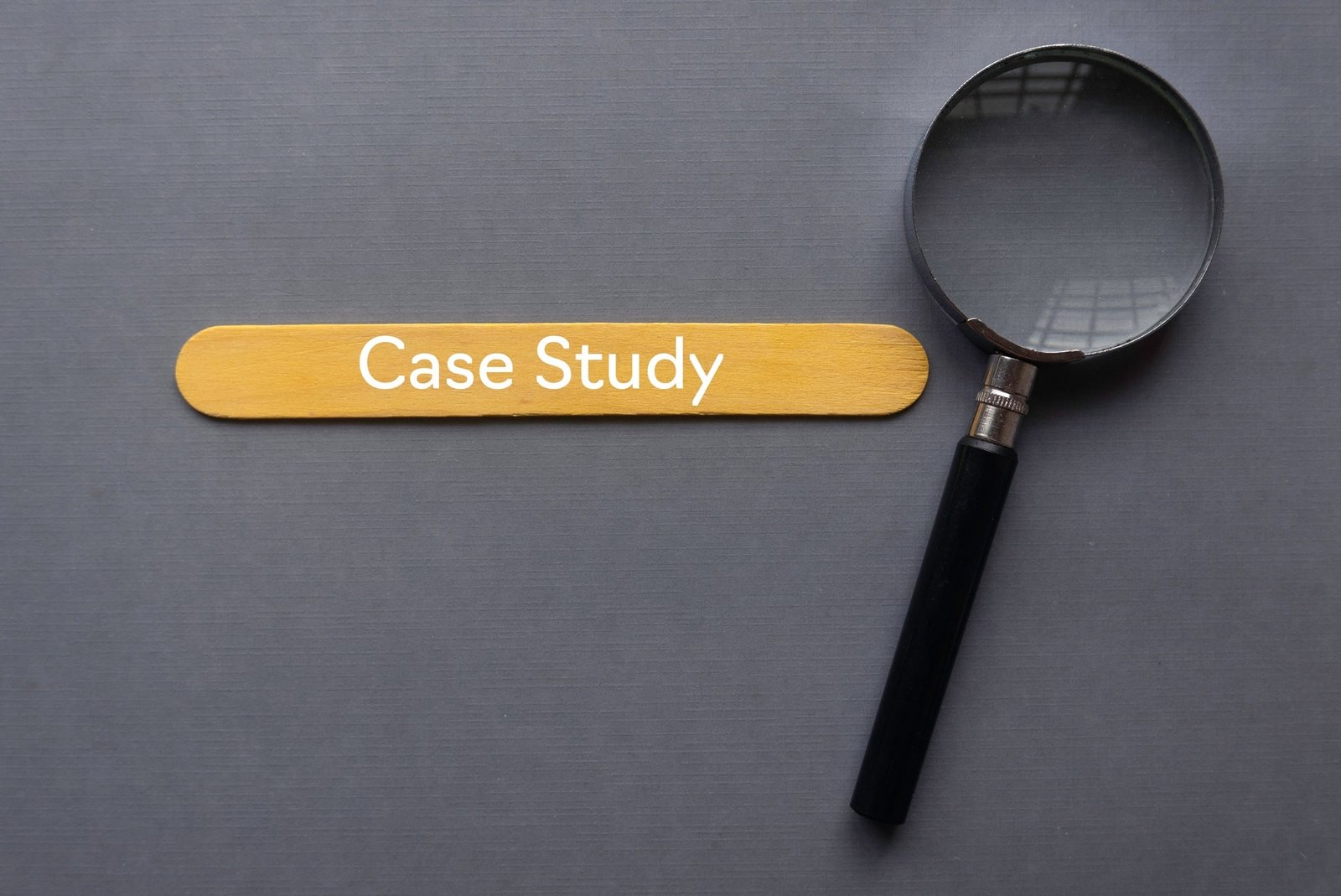Double-sided tapes are a cornerstone of modern adhesive technology, offering versatile solutions for bonding, mounting, and temporary fixing. Whether in the automotive, construction, or electronic industries, these tapes have revolutionized the way materials are joined, reducing the need for mechanical fasteners and simplifying assembly processes. This guide explores the structure, types, and applications of double-sided tapes, giving you the insights to choose the perfect tape for your needs.
What is a Double-Sided Tape?
Double-sided tapes feature adhesive on both sides of a carrier material, allowing them to bond two surfaces together efficiently and discreetly. Their unique design makes them an ideal choice for applications requiring clean finishes or invisible bonding, such as mounting decorative panels or joining lightweight materials.
The basic structure of double-sided tape includes:
1. Release liner: Protects the adhesive before use.
2. Adhesive layers: One or both sides of the carrier coated with adhesive.
3. Carrier material: Provides dimensional stability and enhances application precision.
4. Optional reinforcement: Adds durability in heavy-duty applications.
Components of Double-Sided Tapes
1. The Release Liner
The release liner serves as a protective layer that covers the adhesive until the tape is ready for use. Liners are often made of materials such as silicone-coated paper or plastic. Depending on the application, liners may need to be resistant to moisture, temperature, or tearing.
2. The Carrier Material
The carrier provides the backbone of the tape, adding dimensional stability and handling convenience. Common carrier materials include:
• Non-woven fabrics: Flexible, breathable, and ideal for irregular surfaces.
• Foam: Great for gap-filling and shock absorption.
• Film (e.g., polyester): Thin, high-strength materials for clean, precision bonding.
3. The Adhesive
The adhesive is the core component, determining the performance and suitability of the tape for different applications. Adhesives are formulated to meet specific bonding requirements, including strength, flexibility, and environmental resistance.
Here are the most common adhesive types:
a. Rubber-Based Adhesive
Rubber adhesives provide excellent initial tack and bond strength for low-energy surfaces like plastics. However, they may degrade under high temperatures or UV exposure.
b. Acrylic Adhesive
Known for their durability, acrylic adhesives are ideal for outdoor applications due to their resistance to UV light, chemicals, and extreme temperatures. Acrylic-based tapes are widely used in the automotive and construction industries for their long-lasting performance.
c. Silicone Adhesive
Silicone adhesives excel in extreme temperatures and are commonly used in aerospace and electronics applications. They adhere well to non-traditional surfaces, such as glass or silicone rubber, but are more expensive than other options.
Types of Double-Sided Tapes
1. Foam-Based Tapes
Foam tapes are commonly used for gap-filling applications, providing cushioning and shock absorption. They are excellent for mounting uneven surfaces or when vibration resistance is essential, such as in the automotive industry.
2. Film-Based Tapes
Film-based tapes, often made of polyester or polypropylene, are thin yet strong, offering high precision in bonding. These tapes are widely used in electronics, where clean, invisible adhesion is crucial.
3. Tissue-Based Tapes
These tapes consist of a tissue carrier coated with adhesive, providing flexibility and easy tearability. Tissue tapes are commonly used in crafts, packaging, and light assembly work.
4. Transfer Tapes
Transfer tapes do not have a carrier material and are composed solely of adhesive layers supported by a release liner. These tapes offer high conformability, making them suitable for irregular or flexible surfaces.
Applications of Double-Sided Tapes
Double-sided tapes are essential across industries for their ability to bond a variety of materials efficiently. Some common applications include:
• Automotive: Mounting trim, bonding weatherstrips, and securing emblems.
• Construction: Installing mirrors, securing insulation, and mounting signage.
• Electronics: Bonding displays, securing components, and gasketing.
• Household: Hanging decorations, fixing carpets, and crafting.
Choosing the Right Double-Sided Tape
When selecting a double-sided tape, consider the following factors:
1. Surface Type: Match the adhesive to the surface material (e.g., metal, plastic, glass).
2. Environmental Conditions: Account for temperature, humidity, and UV exposure.
3. Application Requirements: Evaluate strength, flexibility, and gap-filling needs.
4. Thickness: Choose a thickness that suits the materials being bonded.
Why Double-Sided Tapes Outperform Mechanical Fasteners
Double-sided tapes provide unique benefits compared to traditional fastening methods:
• Aesthetic appeal: No visible screws or bolts.
• Lightweight: Reduces material weight in automotive and aerospace applications.
• Flexible bonding: Accommodates surface irregularities and thermal expansion.
Popular Choices for Industry Professionals
For industries such as automotive, construction, and electronics, the following tape types are highly recommended:
| Tape Type | Best For | Key Benefits |
|---|---|---|
| Foam Tapes | Gap-filling, shock absorption | Cushioning, vibration resistance |
| Acrylic-Based Tapes | Outdoor applications | UV and weather resistance |
| Silicone Adhesive Tapes | Extreme temperature applications | Durability, non-stick surfaces |
Double-sided tapes continue to evolve, offering tailored solutions for complex industrial challenges. With innovations in adhesive chemistry and carrier design, these tapes are paving the way for faster, cleaner, and more reliable assembly processes. By understanding their structure, applications, and benefits, you can make informed choices that boost efficiency and performance in your projects.
Ready to explore the best double-sided tapes for your needs? Contact us today to find the perfect solution for your industry!







